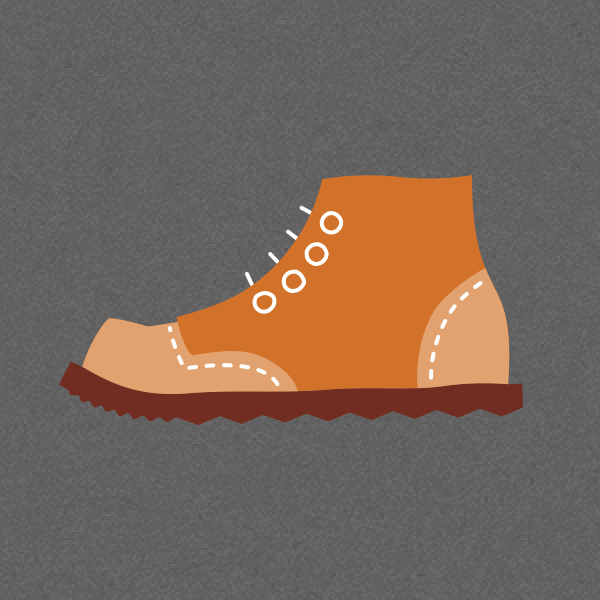Summer 2011
Crossing Guards
New highway overpasses protect key species that move beyond park boundaries.
In Arizona’s Lake Mead National Recreation Area, just south of the Hoover Dam, Highway 93 slices through a swath of land that’s home to the largest remaining desert bighorn sheep herd in the world. Historically, vehicles have killed at least 10 bighorn every year as the animals cross the highway to reach breeding, lambing, and grazing lands along the Colorado River.
In the 1990s, Arizona began planning a highway-expansion project to build a massive overpass and widen sections of I-93 to four lanes. As construction progressed, authorities also made the decision to reopen the highway to tractor trailers, which had been banned for a period of time after 9/11 due to security concerns. None of the plans accounted for wildlife, or the fact that the highway made it extremely dangerous for genetically diverse bighorn populations to mix, which is necessary for the species’ survival. But it wasn’t just the sheep at risk. Wildlife-vehicle collisions kill people, too.
Thankfully, around 2004, the Arizona Department of Transportation, Bureau of Land Management, Federal Highway Administration, National Park Service, and other agencies began uniting around a loftier vision. They sent biologists from the Arizona Game and Fish Department into the field to fit the bighorn with radio collars, track their movements, and determine the most heavily used crossing-points. Using that data, agencies constructed three wildlife overpasses from 50 to 100 feet wide, landscaped with local grasses to resemble natural terrain. The raised structures offered bighorn the clear line of sight that their navigation instincts require.
In late 2010, construction wrapped up, and the teams sat back and hoped for the best. In early 2011, surveillance cameras captured footage of the first bighorn marching across the overpasses.
“It was exhilarating,” says Jeff Gagnon, lead research biologist with the Arizona Game and Fish Department. “More than 15 sheep used those crossings in the first two months alone, which exceeded our expectations. We’d built wildlife underpasses on a nearby highway that barely got any bighorn traffic in two years.”
Northern Arizona’s overpasses offer a hopeful model for other troubled roadways throughout the country—especially in national parks, where wildlife-vehicle collisions occur at double the national rate. And there are signs of progress outside Arizona. As reported in the Spring 2011 issue [“Safe Passage,” p. 9], two new overpasses in Wyoming will help protect Grand Teton’s ancient pronghorn migration. Roughly 40 highway crossings south of Glacier National Park on Montana’s Flathead Indian Reservation allow safe passage for moose, bears, and mountain lions. And 24 structures in Canada’s Banff National Park—which connects Yellowstone to Yukon territory farther north—have helped reduce wildlife mortality rates on highways by 80 percent.

National Parks
You can read this and other stories about history, nature, culture, art, conservation, travel, science and more in National Parks magazine. Your tax-deductible membership donation of $25 or more entitles…
See more ›In addition, President Obama’s America’s Great Outdoors initiative, unveiled in February, calls for improved collaboration around wildlife corridors among government agencies and private landowners, and the incorporation of “wildlife corridor conservation and restoration” into federal agency plans and projects. “It’s great to see the administration recognize the importance of wildlife corridors,” says Bart Melton, NPCA’s program manager for landscape conservation. “We’re on the right path.”
NPCA is advocating for better wildlife-vehicle-collision monitoring as part of the transportation bill that’s up for renewal in Congress, because some state transportation agencies aren’t monitoring the accidents at all. And in the ones that are, there’s no standard method for collecting the collision data. Without reliable and consistent information, it’s much harder for transportation and wildlife managers to develop solutions.
“Before we can stop dangerous collisions, we need to figure out where they’re occurring,” Melton says. “Once we’ve captured that data, then we can implement common-sense solutions that protect wildlife and the people who cross their path.”
About the author
-
 Ethan Gilsdorf
Ethan GilsdorfEthan Gilsdorf, a Boston native, writes regularly for The New York Times and other publications worldwide.



